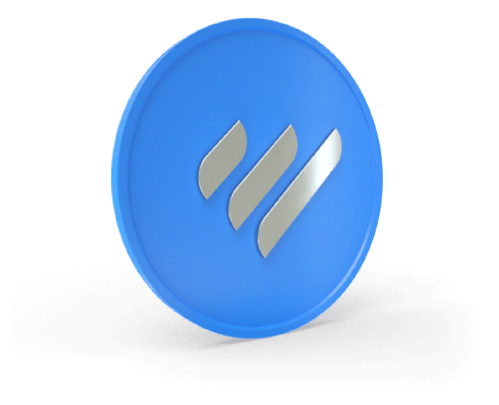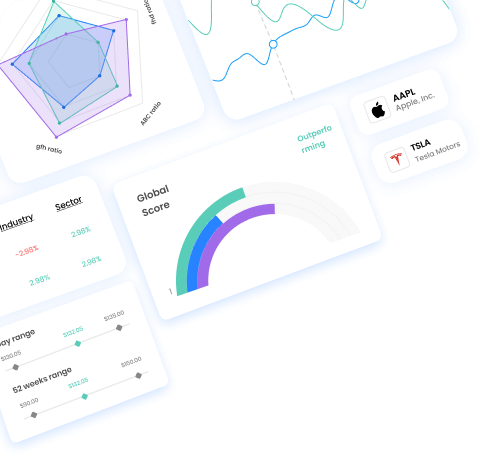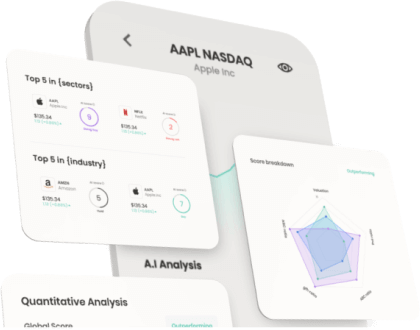
Bank Fees: What Should You Know?
You typically get hit with a fee when you have a current or a savings account. To banks, charges are equivalent to higher wages but are merely a burden to customers. You need to know what to do to stop squandering excessive fees before turning over another cup to your bank.
Budgeting is still tight, and we know the extra bank charges cannot be charged. No matter how small or when paid, excessive charges should be avoided as the easiest way to save money. It is why we have compiled a checklist of fees that can be avoided. Read on to discover the types of fees and how you can avoid them.
A Guide to 10 Bank Fees
Here are 10 bank fees you should know about when opening a bank account:
- Minimum balance to open an account: Low-income people face two barriers when opening an account in the bank: the minimum salary requirement and the minimum balance requirement. For example: “For the account holder to open a bank account, there must be a minimum amount of $ 800 every month. In case this amount was not found, the account holder will be fined with a $6.”
The employee will be able to open a zero-balance account when the minimum salary condition is met. While salary will flow into the account continuously on a certain date, the amount can be depleted before the next income is deposited, and there is no minimum balance. However, not all banks offer that option.
- Account Maintenance Fees: Maintenance of an account is necessarily money that the bank charges you to keep your account open. Some banks charge no maintenance fees at all, while others tackle them to certain types of accounts only.
It is possible to calculate maintenance costs on a monthly or annual basis. The fees usually range from $4 to $20, but many banks are paying more. By meeting such conditions, you can escape a maintenance charge, such as enrolling in direct deposit or automated bill pay.
- Paper Statement Fees: Choosing to provide electronic statements over old school paper ones help the climate, but it can help keep your wallet green. To encourage clients to take advantage of online banking services, many banks now charge a fee to request paper statements.
Paying $2 or $3 a month for this service does not sound like much, but it can add up over time. Not only that, but you’re going to have to think about holding the paperwork up. Instead, using written statements eliminates cost and noise.
- Minimum Balance Fees: Aside from a monthly or annual maintenance fee, if you don’t keep enough cash in your account, you may be subject to a minimum balance fee. These fees are charged by many banks to help offset some of the costs of offering account services.
Depending on your deposit, the minimum balance fees on the last day of your statement period will be calculated depending on your average daily balance or balance. If your balance fluctuates during the month between peaks and lows, you’ll probably be better off searching for an account with no minimum balance requirement.
- Inactivity Fees: There are certain types of bank accounts that limit the number of transactions in a given month that you may have. If you go over what’s permitted, the bank might charge you a fee. If you don’t have enough transactions posting to your account, you may also get stuck paying a fee.
Typically, inactivity fees only kick in after your account’s been dormant for an extended period, usually three to six months. If you plan to take a hands-off path to your account, you can help avoid an extra charge by setting up a recurring transfer or bill payment.
- ATM Fees: If you’re using an ATM that isn’t affiliated with your bank, the ATM owner will demand you a fee, and your bank might charge you a fee.
Use only bank-owned or affiliated ATMs. To stop having to go back several times, take out bigger withdrawals if you choose to use an ATM not connected with your bank. Try to hold enough cash in your pocket if possible, so you wouldn’t have to withdraw money in a place that doesn’t have the ATMs from your bank. Another choice is to open an account with a top financial institution with broad national ATM coverage.
- Foreign Transaction Fees: Enjoy your holidays even more by minimizing transaction fees while spending money overseas. Save it for food, drinks, and more events!
There are still some countries where no card transactions are offered by retail, so you can face a situation when you need cash. Eliminate fees on ATM. You are incurring a charge every time you withdraw money from an ATM. Usually, this fee is a fixed amount no matter how much money you withdraw, which means better do it once instead of frequently – to pay $20 per transaction once for the same amount of money is better than paying $100 for 5 transactions, for instance.
The solution could be for you to bring cash as much as you can, but that could be riskier.
- Lost Card Fees: When you lose your debit card, you will most likely be responsible for a bill, and the bank has to give you another. Fees may be higher if a rush order is needed.
- Account Closing Fees: If you want to close your account, be able to pay for it. Contact your bank and see the processes for closing the account and the price you would have to pay.
- Wealth management services fees: Some Banks can offer wealth management services to customers segmented by wealth and mainly accessible for $100k or more. Usually, financial advisors advise on financial planning and recommend fund managers and investment funds. Good wealth-management firms create partnerships between experts and clients, being highly informed of personal problems and offering advice well beyond the financial sphere.
Since wealth management involves costs such as shareholder transaction costs, investment advisory fees, and marketing and distribution expenses, clients may have trouble knowing the total wealth management fee.
SEC rules require mutual funds to disclose all the fees to the client before any execution, so you don’t have to worry about hidden fees but the amount you will pay.
The amount payable for the banking specialist’s financial advice varied from 3-8% and deducted from the amount to be invested. For example, if you invest $1,000 and there is a 3% front-end load commission, only $970 would be invested. Regulations restrict the maximum front-end charge to 8.5%
As clients are becoming more financially educated, they expect transparent products and services with good financial advice and high returns with the potentially lower fees. In the next 3-5 years, Fintechs like robo-advice will see a bigger inflow of clients as many clients will shift their money from banks. Fintech brings a technology based on innovative algorithms and user-friendly interfaces on a platform that gives clients 24/7 access to their investments from their home’s comfort. For example, Wealthface’s commission varies from 0.5% to 0.75%. The company was established to bridge the investment gap, to improve the investment experience, and provide affordable and reliable market accessibility to everyone, everywhere, regardless of investment size.
Finally, bank services are supposed to be a simple way to keep your cash secure, but if you continually throw money away at fees, it can end up being a problem. If you’re thinking of opening a new account or unsure what your current bank fees are, it’s worth reading the fine print.




